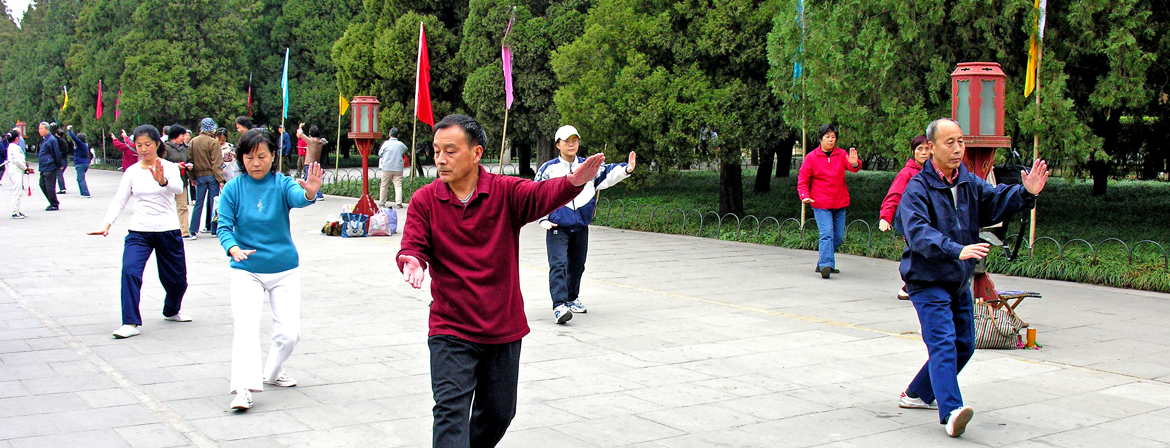In an attempt to combat vehicle idling, Toronto instated an Anti-Idling Bylaw limiting vehicle idling to three minutes. However, because enforcement proved difficult, the bylaw al…
Created by York Region’s Public Health and Housing Services, the Clean Air at Home pilot was designed to reduce exposure to indoor air contaminants among children from birth to si…
The Clean Air Commute was created to encourage members of the public to use a cleaner means of transportation on one day during the month of June. While the program quickly gained…
Developed by the City of Edmonton, the LocalMotion program was created to reduce greenhouse gas emissions and improve air quality through the reduction of regular automobile use b…
Chicago’s Go Program was designed to help residents walk, bike, ride transit, and use bike share more frequently while driving alone less often. Outside of promoting alternative f…
In 2014, Sightsavers, Unilever, and Lifebuoy joined forces to create a program in Kenya, Ethiopia, and Zambia that would help to prevent childhood blindness and eliminate trachoma…
To increase public and healthcare professionals’ engagement in behaviors aimed at reducing the threat of antimicrobial resistance, the United Kingdom launched the Antibiotic Guard…
After creating Smart Trips, a successful transportation program for residents of Portland, Oregon, the Bureau of Transportation chose to redefine the program, shifting its focus t…
This paper explores five different approaches to antibiotic stewardship, providing examples of how international collaborations can address optimal prescribing. Each approach exam…
In an effort to increase colorectal cancer screening rates among low-income Asian Americans, Hispanics, and African Americans ages 50 to 75, Cook County created the Colorectal Can…



